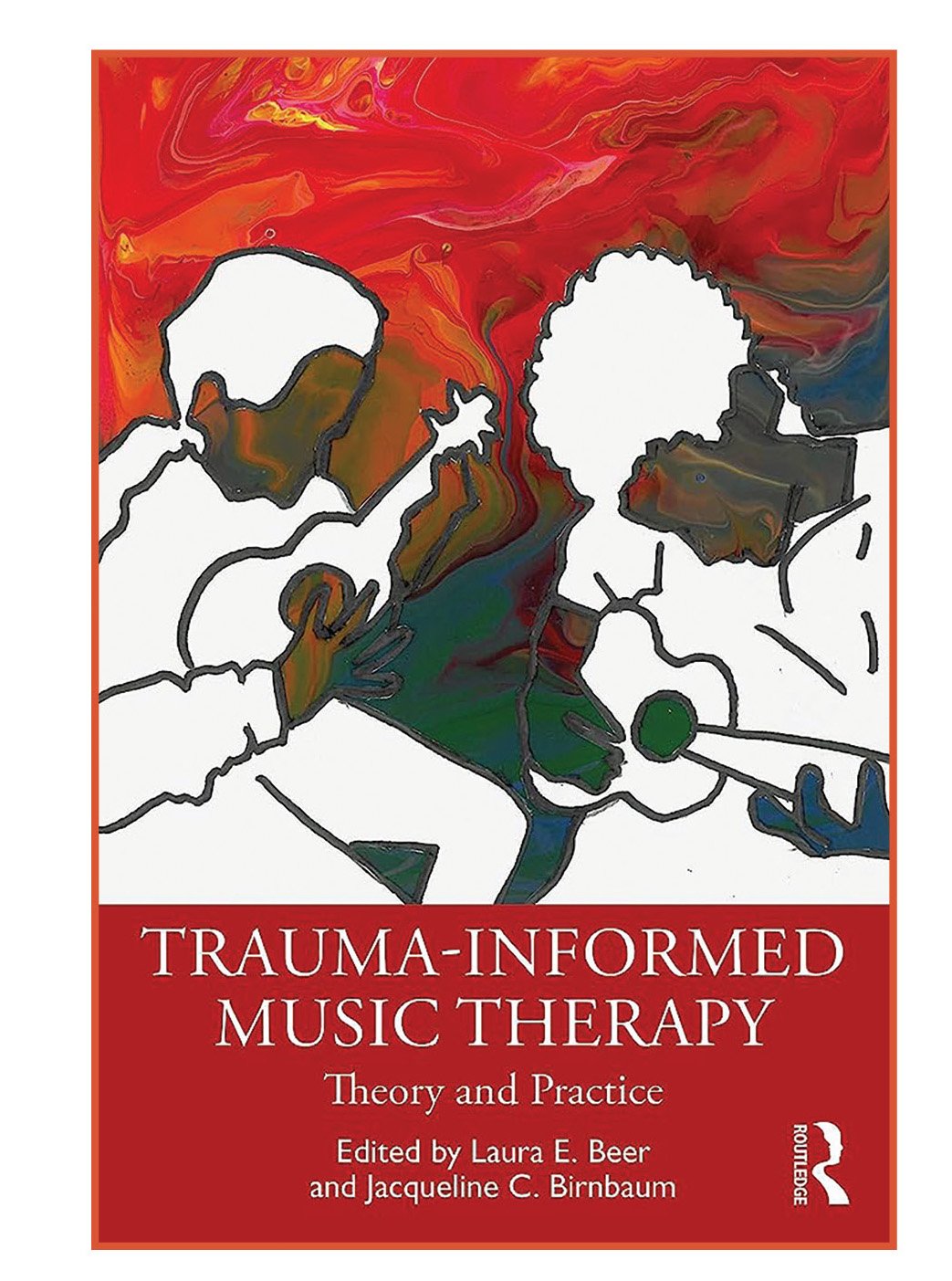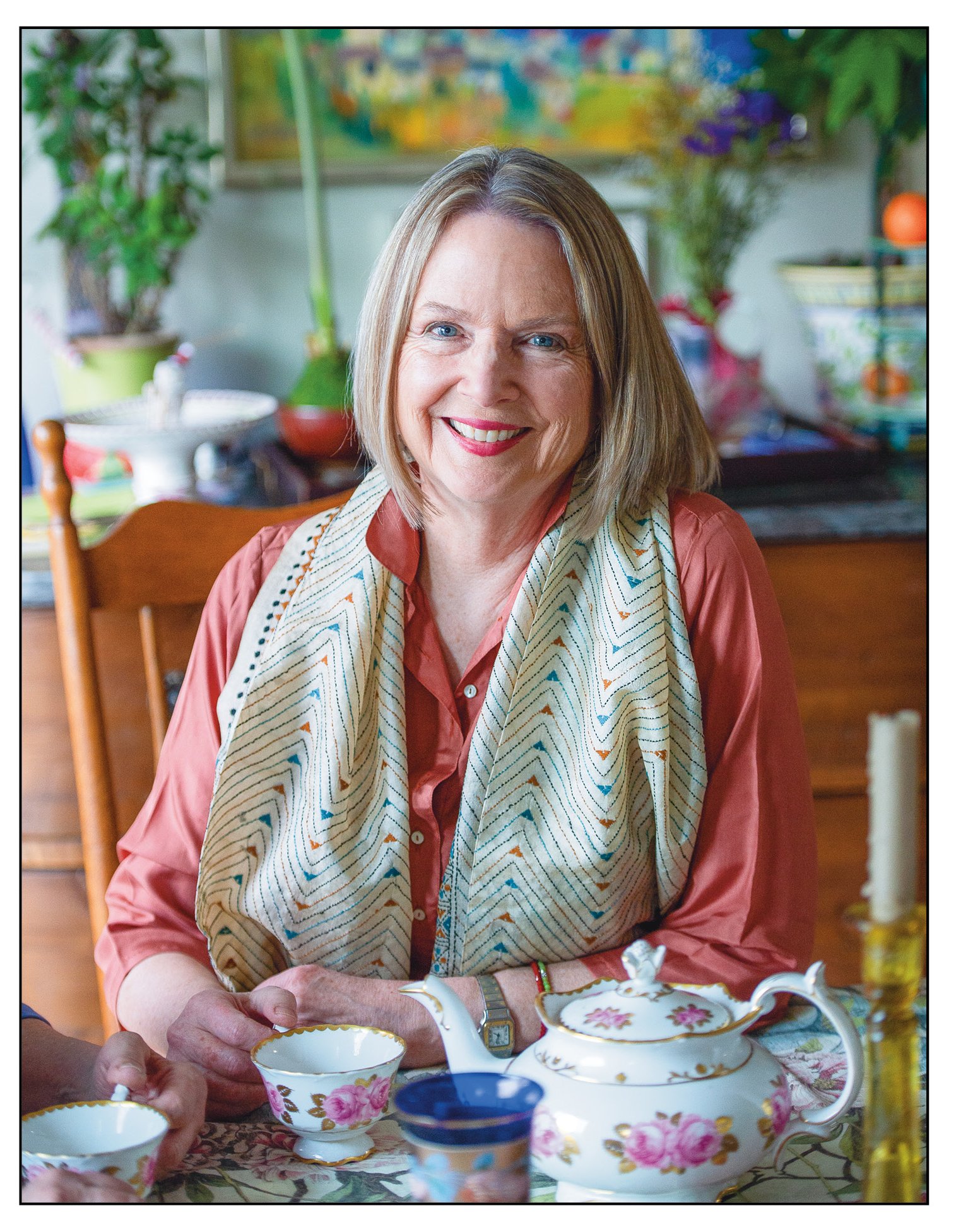By Kelly Kempter
My bodywork practice synthesizing Shiatsu and Thai massage serves as a physical manifestation of a deeper spiritual practice. Both Thai massage and Shiatsu are rooted in Buddhist traditions, and I feel honored and enlivened to be a part of these pathways in the modern world. The principles of Insight Meditation offer guidance for my bodywork sessions, allowing a somatization of the path.
In my mat-based bodywork practice, I utilize a mapping of the body-mind-heart founded in Shiatsu and Five Element Theory and apply methods from both Shiatsu and Thai massage. I studied Thai massage twenty years ago at the beginning of my massage therapy training and fell in love with the approach; performing Thai massage on a clothed recipient on a floor mat feels like a beautiful duet of healing touch, a slow, meditative dance akin to Tai Chi. The choreography of it, if you will, awakens a sense of being fully embodied in the practice of touch.
Some years later, when I began studying Five Element Shiatsu as taught by Frances Farmer, I was able to connect with a foundational theory that makes my heart sing and reminds me of deeper truths. Utilizing presence, reverence, and full body engagement along with a growing understanding of Five Element Theory and being in tune with nature (with the seasons and tides in our bodies) the stage is set for healing--I’m all in. I am listening with my whole being to another person’s pain and honoring the life force within which is healthy and whole. Frances Farmer observes, “Your body has the inner wisdom to heal itself, and I am here to listen and learn.”
Both Thai massage and Shiatsu are mat-based therapies founded on a premise of oneness and that the giver is healed as much as the receiver. The therapist opens their senses to what is present and holds it in a loving light. Holding is the essence of what I do. I hold tissue with my body weight. I hold points with my fingers, knees, elbows, or toes. I hold words. I hold the pain of embodiment. I hold emotions, sensations, and thoughts. I stay with what arises, watch transformation occur, and remain curious. In the simplest way, I am listening, witnessing, feeling, and accepting while holding the physical form.
My spiritual journey is the foundation of this incarnation; it is the ground I stand on and guides all aspects of my life. For me, it is easy to see how it is the very bedrock of a practice that involves touch and healing. Although, I do not limit my spirituality to a single tradition; it is a living practice steeped in Insight Meditation. Also called Vipassana, Insight Meditation is one aspect of Theravada Buddhism, which is practiced in Thailand. The teachings urge us to sit in meditation, study the Dharma, move with awareness, cultivate Sangha, pay attention to the stillness, speak with kindness, walk in silence, and watch what arises. The idea is to honor whatever is present, inviting all of it in for a cup of tea—the old wounds, fear and grief, the harmonious heart, mundane plans, rehearsals spawned by anxiety, inner peace, re-playing of scenes laced with shame, the exalted states, and everything in between. Returning to this moment over and over again, in a spiraling dance of unfolding, we come closer and closer to home. When we sit with our resistance, its grip loosens, and we are brought back to wholeness.
Vipassana practice, Thai massage, and Shiatsu are all founded upon a cosmology of non-duality. They are based on the radical premise that there is nothing wrong, nothing to be fixed, that we are already healthy, vibrant, and whole--that our true nature is one of peaceful aliveness. We can only gain access to this wisdom in the present moment. Since the body is always in the present moment, it makes for an easy entry point into both healing and spiritual inquiry. Connected to our wholeness, we observe ties to the natural world; we begin to see that we are not separate from nature, but a manifestation of its elements. Awareness of sensations in our bodies brings us closer to our elemental nature and invites its own sort of healing.
My bodywork practice is a somatic exploration of Insight Meditation. In both practices, upon first glance, there is chaos. There are complaints. There is pain. There is dissatisfaction. When a client walks into the room, they give name to the details of their suffering. Similarly, when we sit down to meditate, our patterns of suffering become apparent. When we touch or are touched with care and attention, the resistance begins to melt. When we stay with sensations, mindfulness creates an opening in which suffering can transform. Over time, the consciousness of what is happening becomes larger and more powerful than the details of our pain. As my Thai massage teacher, Paul Fowler wrote, “In the Thai way of thinking, illness and disease are a natural part of life and although it recognizes that the body is out of balance when these things occur and need to be corrected, there is less tension around illness and disease because they recognize that these things are natural and impermanent.”
For me, both meditation sessions and bodywork sessions integrate a ritualistic start and finish. When a person walks through my door, utilizing Buddhist principles around compassion and sympathetic joy, I open myself to be a kind witness, one who accepts whatever is going on, hearing the details and honoring the suffering. Taking in the fullness of a human being, perhaps I am able to discern which elemental phases are speaking the loudest and what parts of a human are in need of nurturing. Moving over to the mat, the process of setting up the body of both giver and receiver in a relaxed alignment contributes to concentration and enhances energy flow through the system. This is true as well for tending to our posture when we sit in meditation. This pre-session care creates a sacred space and a kind of healing cocoon. With the first touch, I am reminded of my Vipassana teacher, Susan Weir’s words, “Let awareness do the heavy lifting.” I feel deeply into the very essence of a person, beyond the complaints that they walked in with, beyond their name and the person they experience themself to be. I too walk beyond myself as a massage therapist working on tissues. I open my awareness to our joined life force. I listen with an intimacy that unites two beings via a shared experience. There is nothing to do but be present while connecting with a solid, relaxed pressure. There is literally nothing that needs doing, fixing, changing, or even healing. Our wholeness and vibrancy is already present, it is the essence of us. With a courageous presence, when we are able to pull back from doing and engage in the art of non-doing, we connect with a force that is always in a state of balance. This is coming home.
Kelly Kempter is a licensed massage therapist specializing in Thai Massage and Shiatsu in her Kerrytown studio. She seeks to inspire balance in the community through the practice and teaching of bodywork. Visit her online at kaizenhealingarts.com.



































































































































































































About seven years ago, I fainted when sick and hit my head. I sustained a concussion, but it was on the severe end of what is considered a concussion, right before you get to a moderate traumatic brain injury. I was sent to neurology and then neuropsych for a support group to teach me how to cope with the effects of the injury and how slowly the healing happens. Unfortunately, I was let go from the group after six months.